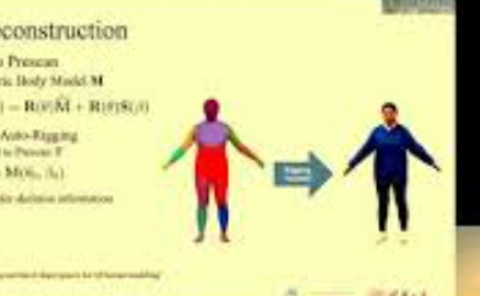Brain Activity in Virtual Reality: Assessing Signal Quality of High-Resolution EEG While Using Head-Mounted Displays
PubDate: August 2019
Teams: University Medical Center Freiburg
Writers: Stephan Hertweck; Desiée Weber; Hisham Alwanni; Fabian Unruh; Martin Fischbach; Marc Erich Latoschik; Tonio Ball

Abstract
Biometric measures such as the electroencephalogram (EEG) promise to become viable alternatives to subjective questionnaire ratings for the evaluation of psychophysical effects associated with Virtual Reality (VR) systems, as they provide objective and continuous measurements without breaking the exposure. The extent to which the EEG signal can be disturbed by the presence of VR systems, however, has been barely investigated. This study outlines how to evaluate the compatibility of a given EEG-VR setup on the example of two commercial head-mounted displays (HMDs), the Oculus Rift and the HTC Vive Pro. We use a novel experimental protocol to compare the spectral composition between conditions with and without an HMD present during an eyes-open vs. eyes-closed task. We found general artifacts at the line hum of 50 Hz, and additional HMD refresh rate artifacts (90 Hz) for the Oculus rift exclusively. Frequency components typically most interesting to non-invasive EEG research and applications , however, remained largely unaffected. We observed similar topographies of visually-induced modulation of alpha band power for both HMD conditions in all subjects. Hence, the study introduces a necessary validation test for HMDs in combination with EEG and further promotes EEG as a potential biometric measurement method for psychophysical effects in VR systems.


